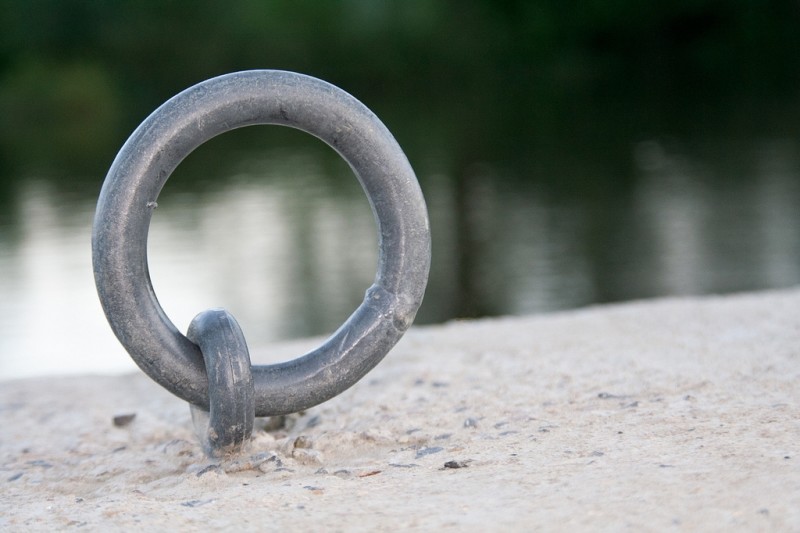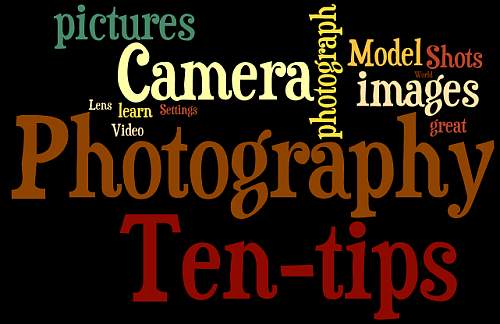
• River Bokeh •
There is more to composition in photography than simply placing the subject on a third. The concept of “composing” pulls in many aspects of Photographic work.
Composition in photography – science or art.
Many photographers struggle with composing a picture. Composition in photography seems seems difficult to define. Starting with a few simple ‘rules’ helps. If you want to develop your work you must go beyond the rules and understand some of the other principles in photographic art.
A lifelong adventure
The Definition: Composition (photographic aesthetics) in our Photographic Glossary is up to date and helps to explain the idea of the Elements of photographic art. It would help to read that definition before the rest of this article.
Construction or deconstruction
I have thought about the traditional elements and principles of art for a long time. I find myself dissatisfied with the traditional view with respect to photography.
Composition from a photographers viewpoint is, I think, a different situation to say a painters viewpoint. We could be side-by-side with a painter and both create an image of the scene which is broadly alike. Alternatively we could produce something totally different. They could be worlds apart.
I think there is something different in the approach to a scene for a photographer compared to an artist. A painter constructs a picture from scratch. They can create something that is like the scene they see. They my paint something that differs from that scene so completely it is unrecognisable. Whichever it is, they are able to construct the scene, element by element.
In this “construction” mode an artist has used their knowledge of the “elements of composition” and done an analysis of the scene. Then, using their imagination they put the elements together using the principles of art to create a rounded composition which is aesthetically pleasing, well proportioned, organised and representative of the scene.
A photographer has to approach the scene from a different perspective. The scene has attributes which are elements of art. While the photographer sees the textures, proportions, colours and other elements the way these are used differs to the ‘construction’ work of the artist. A photographer has to take a ‘viewpoint’ in using composition in photography. We look at a scene and are faced with less artistic license in the placement of the elements or how to colour, texture or use them. Instead the photographer has to consider what not to include in the picture – to make it simple. Photographers consider using the natural attributes of the scene to pick out the compositional elements. We use the principles of art. But we consider them in an existing context to create an aesthetic outcome. This is done through our viewpoint of the scene.
In other words, photographers tend to work in a “deconstructive” mode. Simplification and point-of-view are compositional tools. They derive from the principles of photographic art. This helps make it easier to express the desired outcome. But essentially our efforts at composition in photography are about ignoring elements of the scene (leaving them out of the image). And also to emphasise others (or keep them in the frame) in order to develop the message or ‘point’ of the picture.
Complexity
All art is complex. So there is plenty of ways that this analysis can be knocked down by a whole range of “what if” arguments. Nevertheless I feel that photographic art does have this deconstructive approach to a scene compared to other creative arts. To a lesser or greater extent it applies to all scenes. There will be more construction in a still life; less in a landscape. So this is not a simple concept to be applied in all situations.
However complex a scene, however it is approached, the outcome will be unique to the photographer or the artist. It is in this variation and infinite use of interpretation that photography is an art. The use of our knowledge of composition in photography allows an analysis of the scene which may seem like the same analysis made by an artist. I question that the principles of art are the same as the principles of photographic art. I think they are deployed differently.
Think about the contrasting models of the artist and photog. Construction (artist) verses deconstruction (photographer) is one way to bring out how a scene can be approached. This analysis is one more way to think about composition in photography.
Background
You may feel that you need more background on the subject of composition in photography. If you do, here is a slide show to provide some insight into the basics of composition in photography. Please also read the Definition: Composition (photographic aesthetics) and look up the Composition resources on Photokonnexion
Comments, additions, amendments or ideas on this article? Contact Us
or why not leave a comment at the bottom of the page…
Start Photokonnexion email subscription now!
Photokonnexion Photographic Glossary – Definitions and articles.
Composition
Definition: Composition (photographic aesthetics)



